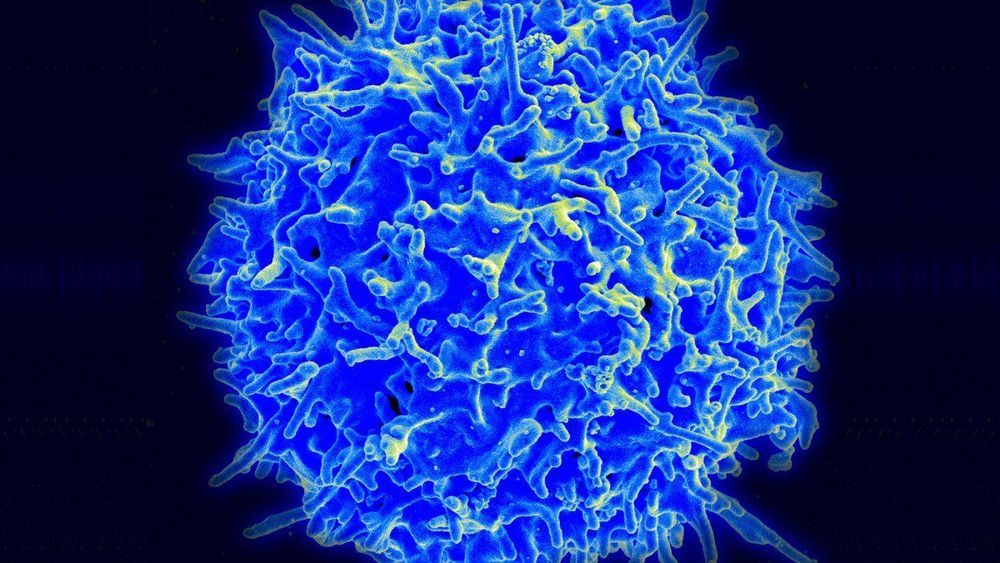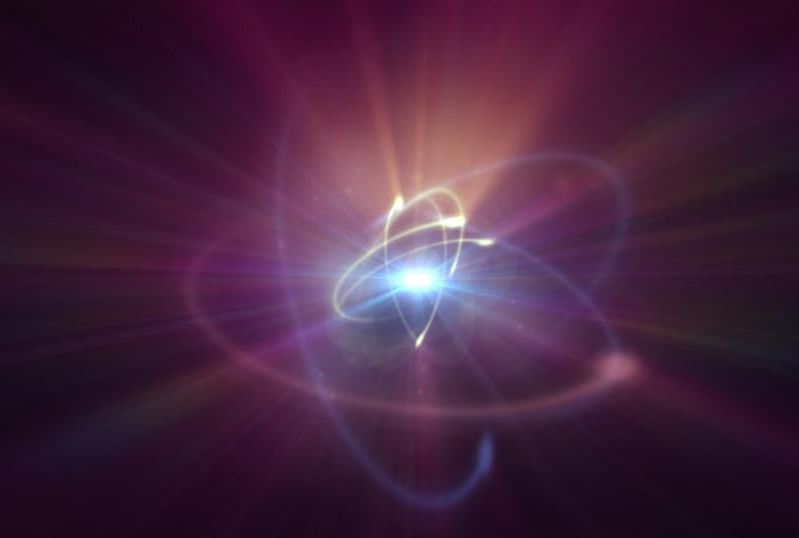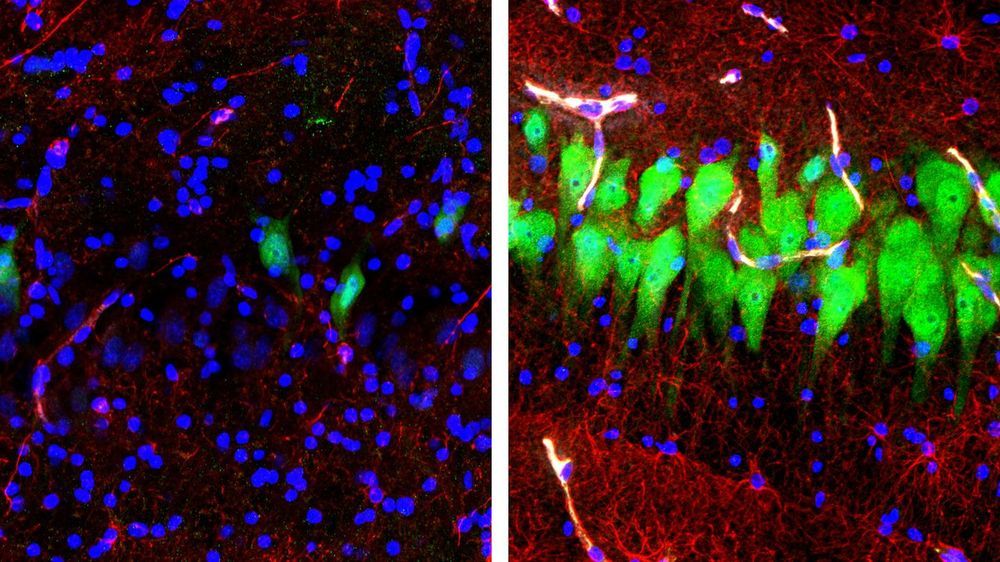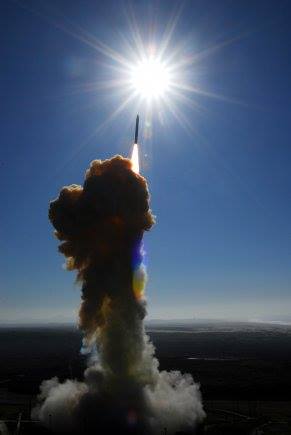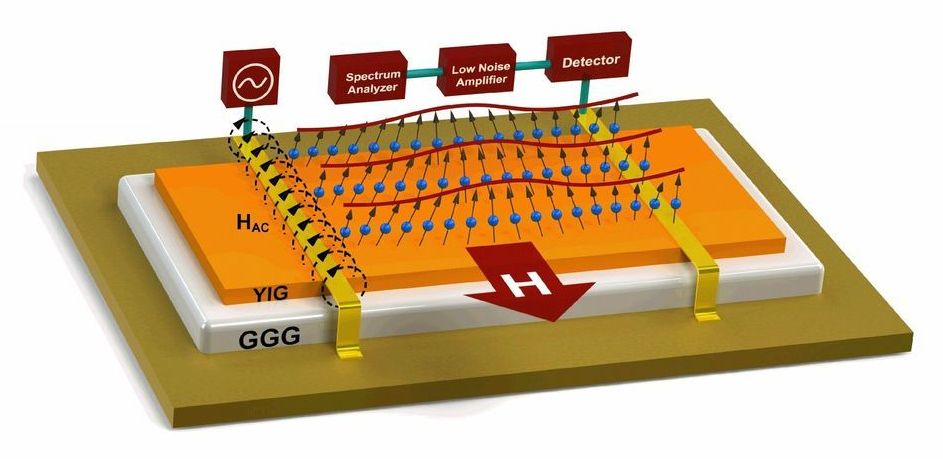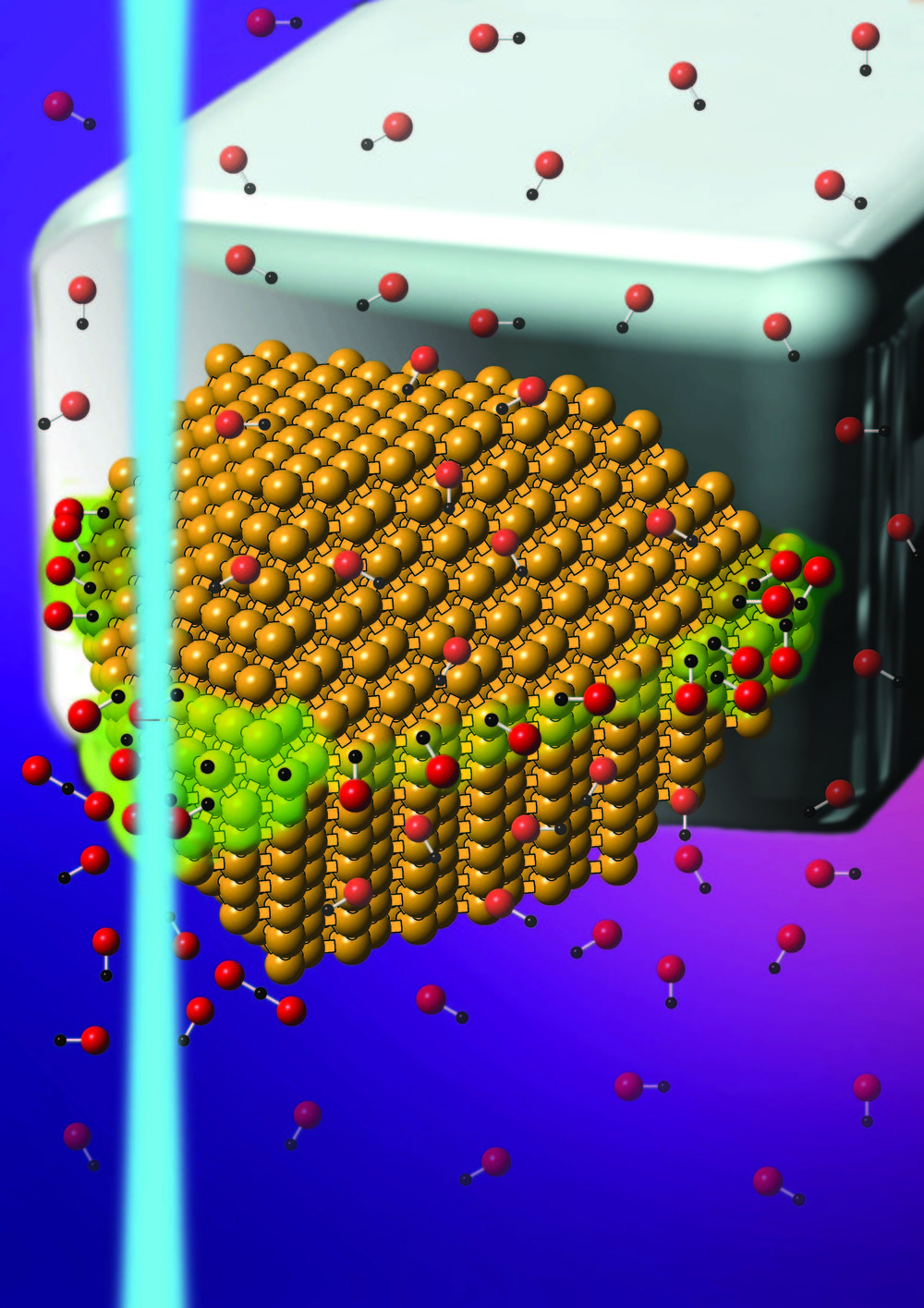The gene-editing tool has been used in a trial to enhance the blood cells of two patients with cancer.
The trial: The experimental research, under way at the University of Pennsylvania, involves genetically altering a person’s T cells so that they attack and destroy cancer. A university spokesman confirmed it has treated the first patients, one with sarcoma and one with multiple myeloma.
Slow start: Plans for the pioneering study were first reported in 2016, but it was slow to get started. Chinese hospitals, meanwhile, have launched a score of similar efforts. Carl June, the famed University of Pennsylvania cancer doctor, has compared the Chinese lead in employing CRISPR to a genetic Sputnik.
